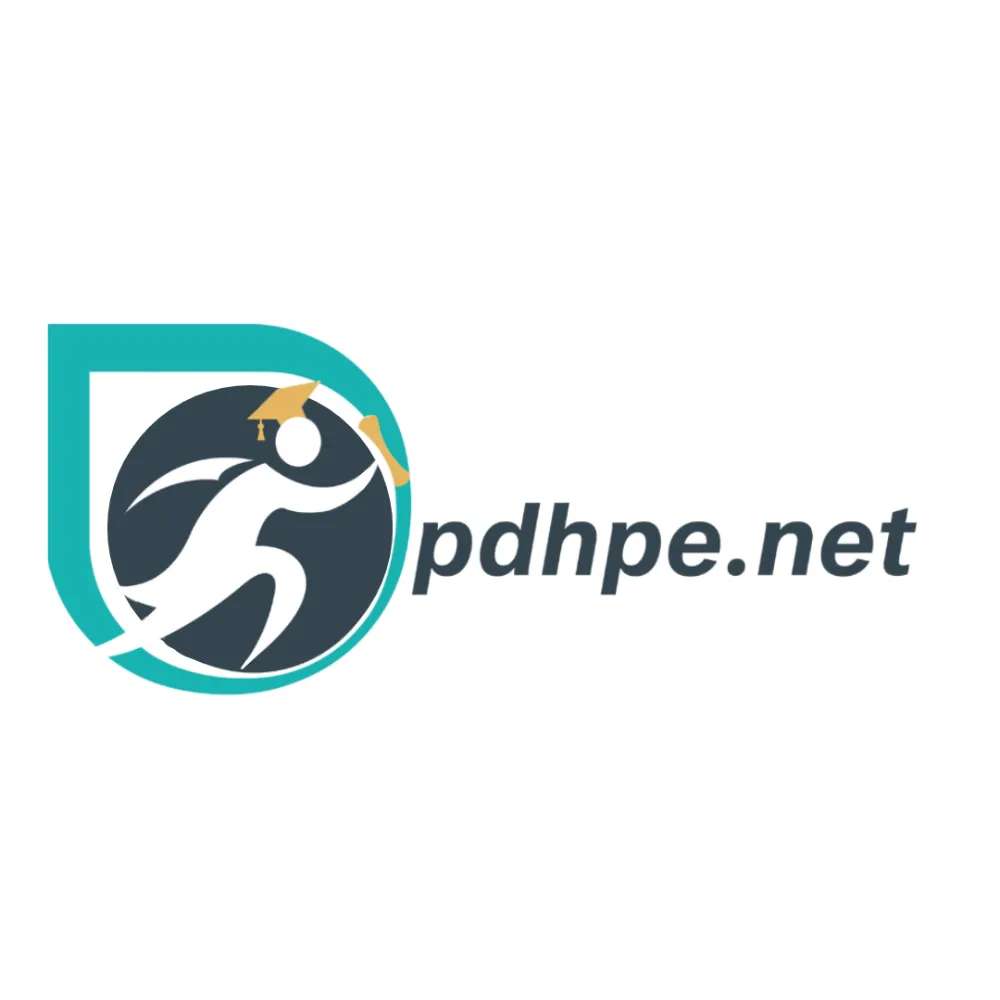What factors influence movement and performance?
Content Point Six
Investigate the physiological responses in relation to aerobic training
Including:
- creating a research question
- selecting a method to collect data
- discussing the ethical considerations of the methods chosen
- discussing the validity, reliability and credibility of data collection
- presenting findings and drawing conclusions
- identifying further research questions that could be explored
Example(s):
Selecting a method to collect data:
- Observation
- Survey
- Interview
NESA Glossary of Key Words:
Investigate - Plan, inquire into and draw conclusions about.
Discuss - Identify issues and provide points for and/or against.
Identify - Recognise and name.
7 Step Plan to Create a Research Question

What factors influence movement and performance?
Content Point Six
Investigate the physiological responses in relation to aerobic training
Including:
- creating a research question
- selecting a method to collect data
- discussing the ethical considerations of the methods chosen
- discussing the validity, reliability and credibility of data collection
- presenting findings and drawing conclusions
- identifying further research questions that could be explored
Example(s):
Selecting a method to collect data:
- Observation
- Survey
- Interview
NESA Glossary of Key Words:
Investigate - Plan, inquire into and draw conclusions about.
Discuss - Identify issues and provide points for and/or against.
Identify - Recognise and name.
Developing a method

What factors influence movement and performance?
Content Point Six
Investigate the physiological responses in relation to aerobic training
Including:
- creating a research question
- selecting a method to collect data
- discussing the ethical considerations of the methods chosen
- discussing the validity, reliability and credibility of data collection
- presenting findings and drawing conclusions
- identifying further research questions that could be explored
Example(s):
Selecting a method to collect data:
- Observation
- Survey
- Interview
NESA Glossary of Key Words:
Investigate - Plan, inquire into and draw conclusions about.
Discuss - Identify issues and provide points for and/or against.
Identify - Recognise and name.
Surveys (Questionnaires)

What factors influence movement and performance?
Content Point Six
Investigate the physiological responses in relation to aerobic training
Including:
- creating a research question
- selecting a method to collect data
- discussing the ethical considerations of the methods chosen
- discussing the validity, reliability and credibility of data collection
- presenting findings and drawing conclusions
- identifying further research questions that could be explored
Example(s):
Selecting a method to collect data:
- Observation
- Survey
- Interview
NESA Glossary of Key Words:
Investigate - Plan, inquire into and draw conclusions about.
Discuss - Identify issues and provide points for and/or against.
Identify - Recognise and name.
10 Steps to Conducting Surveys

What factors influence movement and performance?
Content Point Six
Investigate the physiological responses in relation to aerobic training
Including:
- creating a research question
- selecting a method to collect data
- discussing the ethical considerations of the methods chosen
- discussing the validity, reliability and credibility of data collection
- presenting findings and drawing conclusions
- identifying further research questions that could be explored
Example(s):
Selecting a method to collect data:
- Observation
- Survey
- Interview
NESA Glossary of Key Words:
Investigate - Plan, inquire into and draw conclusions about.
Discuss - Identify issues and provide points for and/or against.
Identify - Recognise and name.
Interviews

What factors influence movement and performance?
Content Point Six
Investigate the physiological responses in relation to aerobic training
Including:
- creating a research question
- selecting a method to collect data
- discussing the ethical considerations of the methods chosen
- discussing the validity, reliability and credibility of data collection
- presenting findings and drawing conclusions
- identifying further research questions that could be explored
Example(s):
Selecting a method to collect data:
- Observation
- Survey
- Interview
NESA Glossary of Key Words:
Investigate - Plan, inquire into and draw conclusions about.
Discuss - Identify issues and provide points for and/or against.
Identify - Recognise and name.
10 Steps to Conducting Interviews

What factors influence movement and performance?
Content Point Six
Investigate the physiological responses in relation to aerobic training
Including:
- creating a research question
- selecting a method to collect data
- discussing the ethical considerations of the methods chosen
- discussing the validity, reliability and credibility of data collection
- presenting findings and drawing conclusions
- identifying further research questions that could be explored
Example(s):
Selecting a method to collect data:
- Observation
- Survey
- Interview
NESA Glossary of Key Words:
Investigate - Plan, inquire into and draw conclusions about.
Discuss - Identify issues and provide points for and/or against.
Identify - Recognise and name.
Discussing ethical considerations

What factors influence movement and performance?
Content Point Six
Investigate the physiological responses in relation to aerobic training
Including:
- creating a research question
- selecting a method to collect data
- discussing the ethical considerations of the methods chosen
- discussing the validity, reliability and credibility of data collection
- presenting findings and drawing conclusions
- identifying further research questions that could be explored
Example(s):
Selecting a method to collect data:
- Observation
- Survey
- Interview
NESA Glossary of Key Words:
Investigate - Plan, inquire into and draw conclusions about.
Discuss - Identify issues and provide points for and/or against.
Identify - Recognise and name.
Validity, Reliability and Credibility
What factors influence movement and performance?
Content Point Six
Investigate the physiological responses in relation to aerobic training
Including:
- creating a research question
- selecting a method to collect data
- discussing the ethical considerations of the methods chosen
- discussing the validity, reliability and credibility of data collection
- presenting findings and drawing conclusions
- identifying further research questions that could be explored
Example(s):
Selecting a method to collect data:
- Observation
- Survey
- Interview
NESA Glossary of Key Words:
Investigate - Plan, inquire into and draw conclusions about.
Discuss - Identify issues and provide points for and/or against.
Identify - Recognise and name.
7 Key Considerations to Promote Validity and Reliability while Ensuring Credibility

What factors influence movement and performance?
Content Point Six
Investigate the physiological responses in relation to aerobic training
Including:
- creating a research question
- selecting a method to collect data
- discussing the ethical considerations of the methods chosen
- discussing the validity, reliability and credibility of data collection
- presenting findings and drawing conclusions
- identifying further research questions that could be explored
Example(s):
Selecting a method to collect data:
- Observation
- Survey
- Interview
NESA Glossary of Key Words:
Investigate - Plan, inquire into and draw conclusions about.
Discuss - Identify issues and provide points for and/or against.
Identify - Recognise and name.
Presenting findings and drawing conclusions
What factors influence movement and performance?
Content Point Six
Investigate the physiological responses in relation to aerobic training
Including:
- creating a research question
- selecting a method to collect data
- discussing the ethical considerations of the methods chosen
- discussing the validity, reliability and credibility of data collection
- presenting findings and drawing conclusions
- identifying further research questions that could be explored
Example(s):
Selecting a method to collect data:
- Observation
- Survey
- Interview
NESA Glossary of Key Words:
Investigate - Plan, inquire into and draw conclusions about.
Discuss - Identify issues and provide points for and/or against.
Identify - Recognise and name.
Identifying further research

Learning Activities
1. Use the website Writing Strong Research Questions | Criteria & Examples to discuss what a research question is and its main purpose.
2. Use the website How to Write a Strong Hypothesis | Steps & Examples to discuss what a hypothesis is and its main purpose.
3. Students use the site What Is Quantitative Research? | Definition, Uses & Methods to outline the different methods of quantitative research.
- Students use the site Ethical Considerations in Research | Types & Examples to create a list of possible ethical considerations that need to be made during their research.
- Using the website Reliability vs. Validity in Research | Difference, Types and Examples and What Are Credible Sources & How to Spot Them | Examples, determine the difference in reliability and validity that you may encounter in your investigation and how you can ensure credibility.
- Read the information on Data Collection | Definition, Methods & Examples to support the process.
- Read the information on how to present data in Tables & Figures in APA Style (6th Edition) | Format & Examples. Create basic data from the class e.g. how many students wear glasses and develop a graph and table to present it.
- Read the information on the following site Writing a Research Paper Conclusion | Step-by-Step Guide. Using the tables and graphs created in the previous activity, work in pairs to draw a conclusion.
4. Investigate the physiological responses to training.
- Create a research question
- Select a method to collect data to answer their question (including a hypothesis).
- Discuss the ethical considerations of the methods chosen.
- Collection of the data/carrying out the investigation.
- Discuss the validity, reliability and credibility of data collection.
- Presentation of findings and a conclusion.
- Identifying further research questions that could be explored as a result of findings.
Revision Questions
1. Outline the physiological responses to aerobic training.
2. Using qualitative and quantitative data, explain the physiological responses to aerobic training.
3. Examine the ethical considerations of the research methods chosen when investigating the physiological responses to aerobic training.
4. Discuss the physiological responses to aerobic training using research data.
Sample Answers
Sample answers coming soon.



